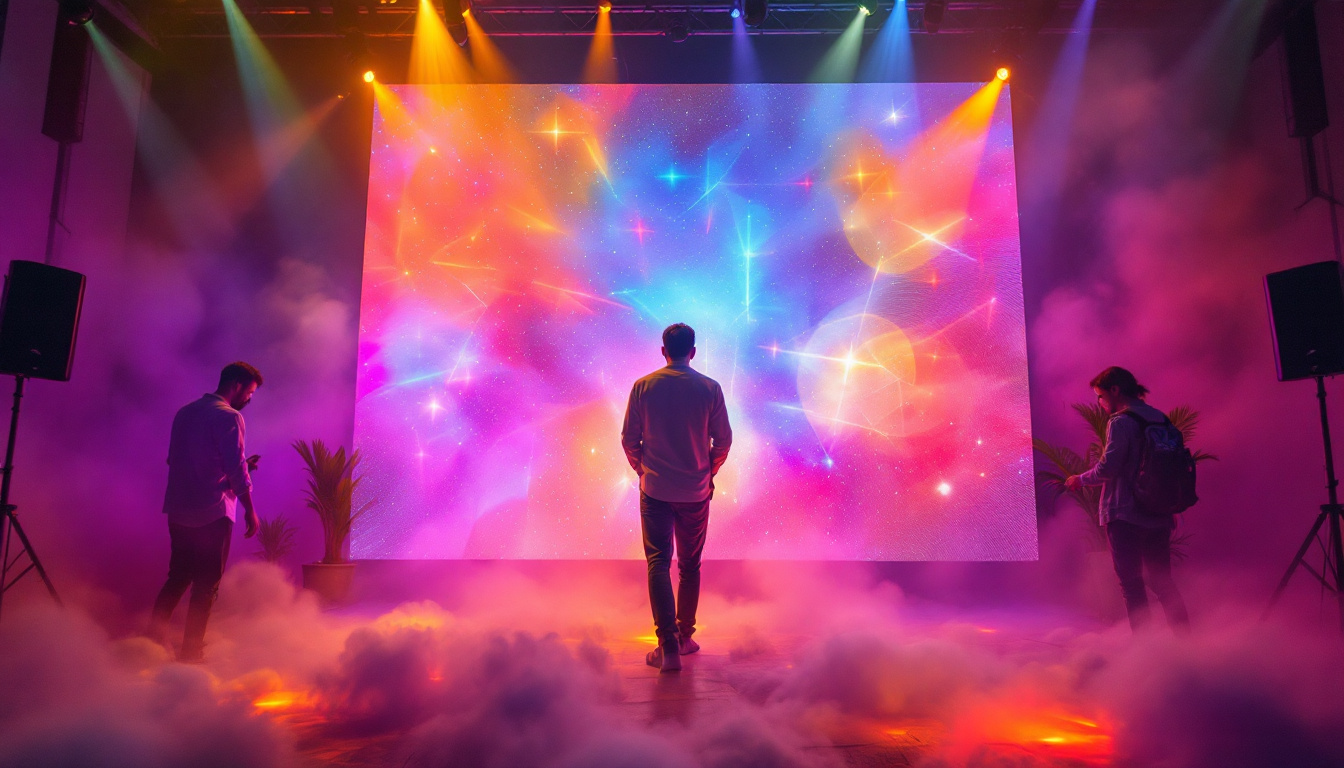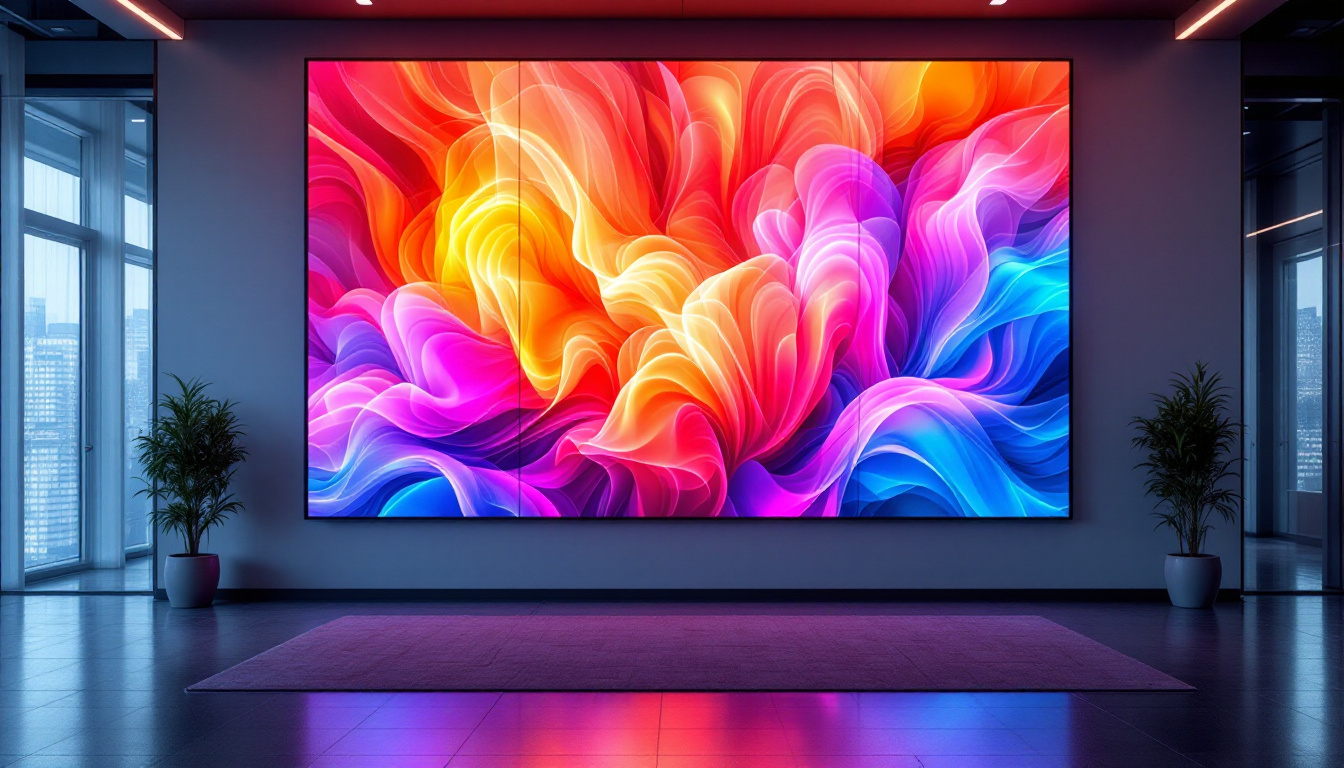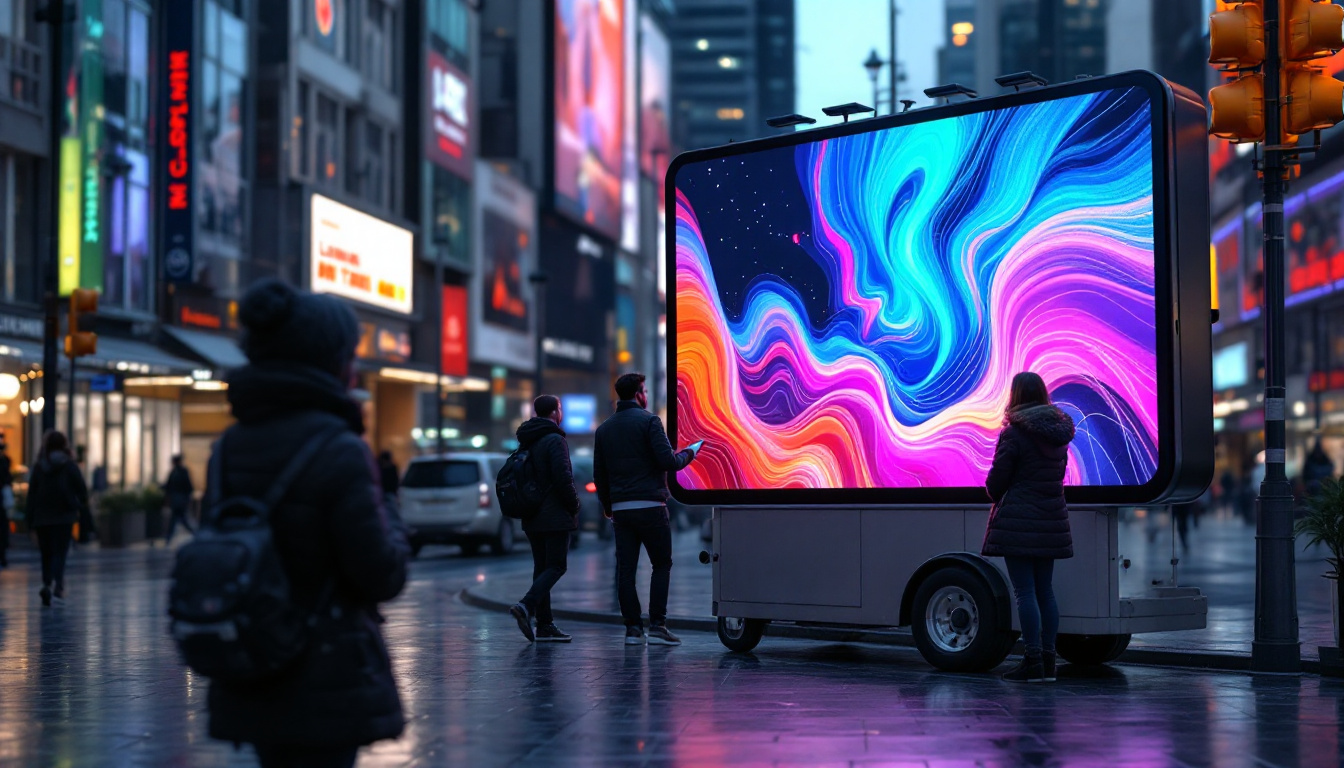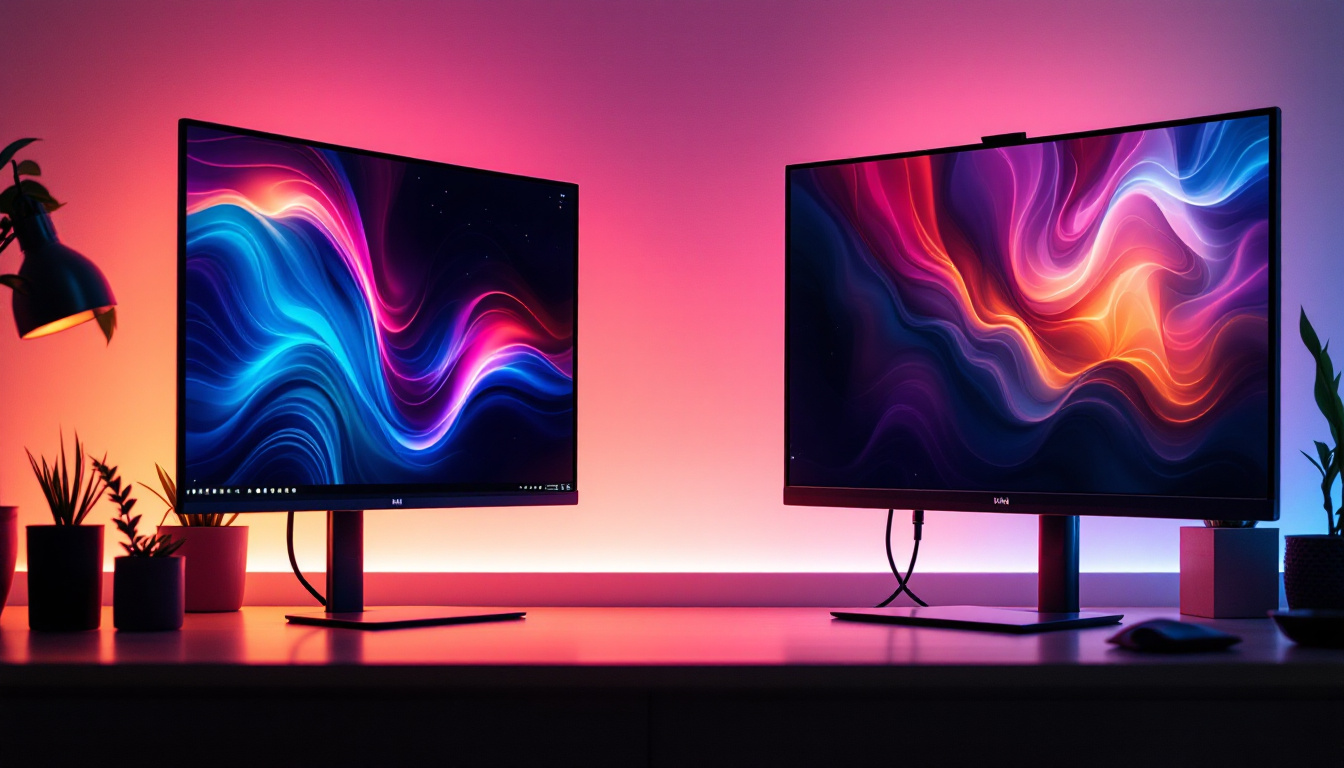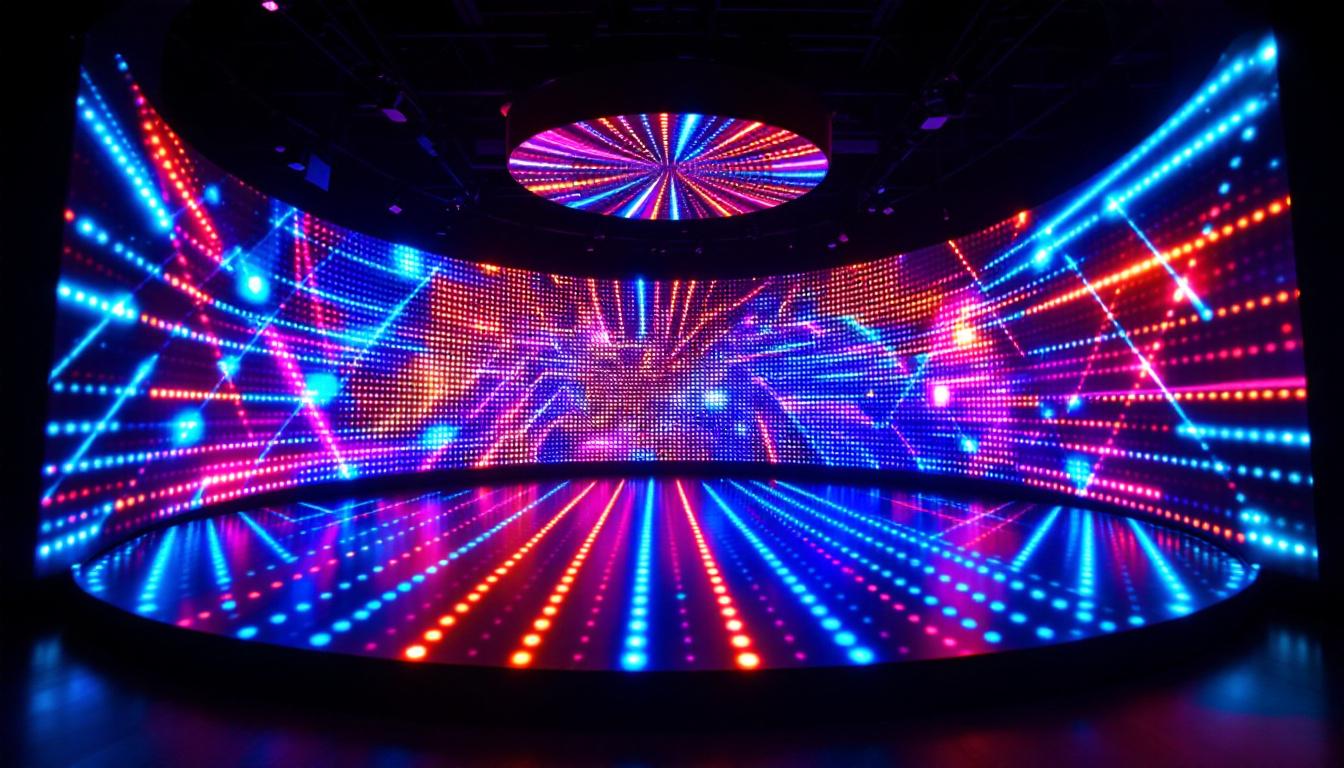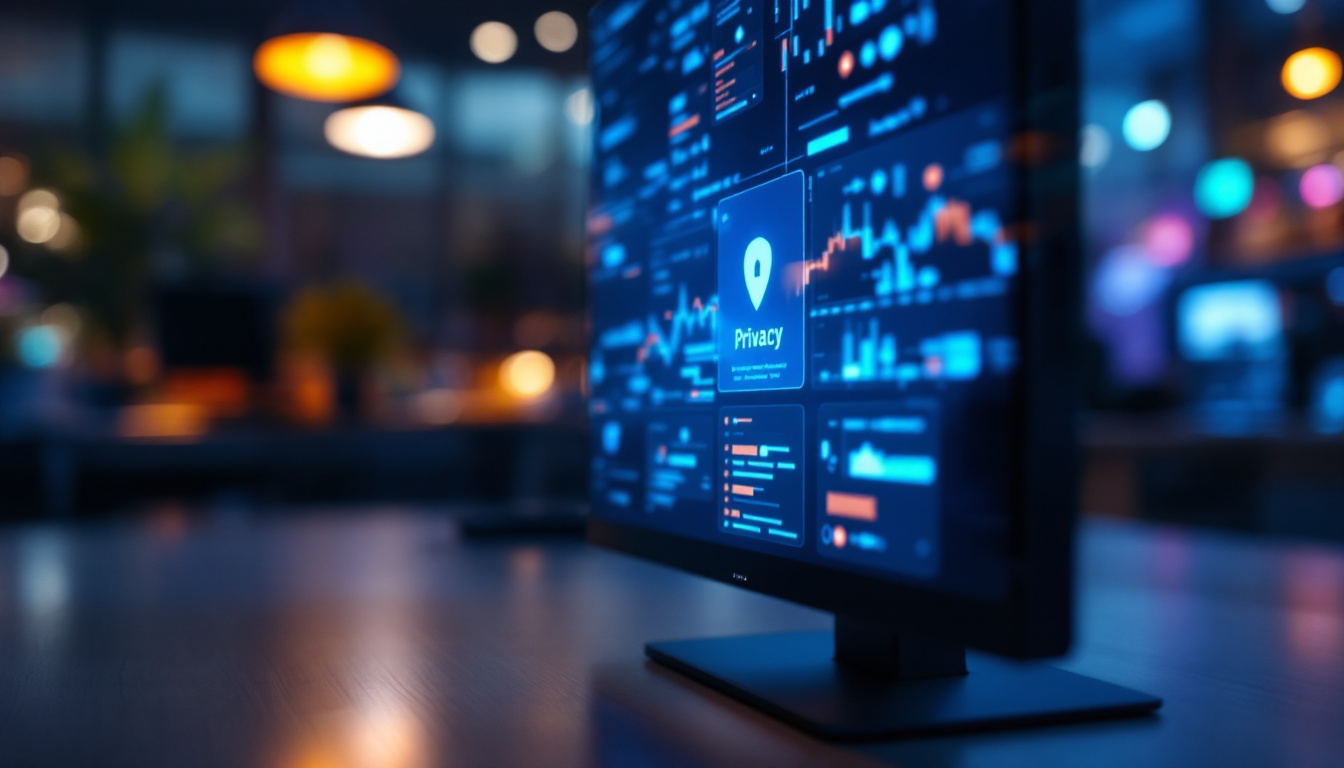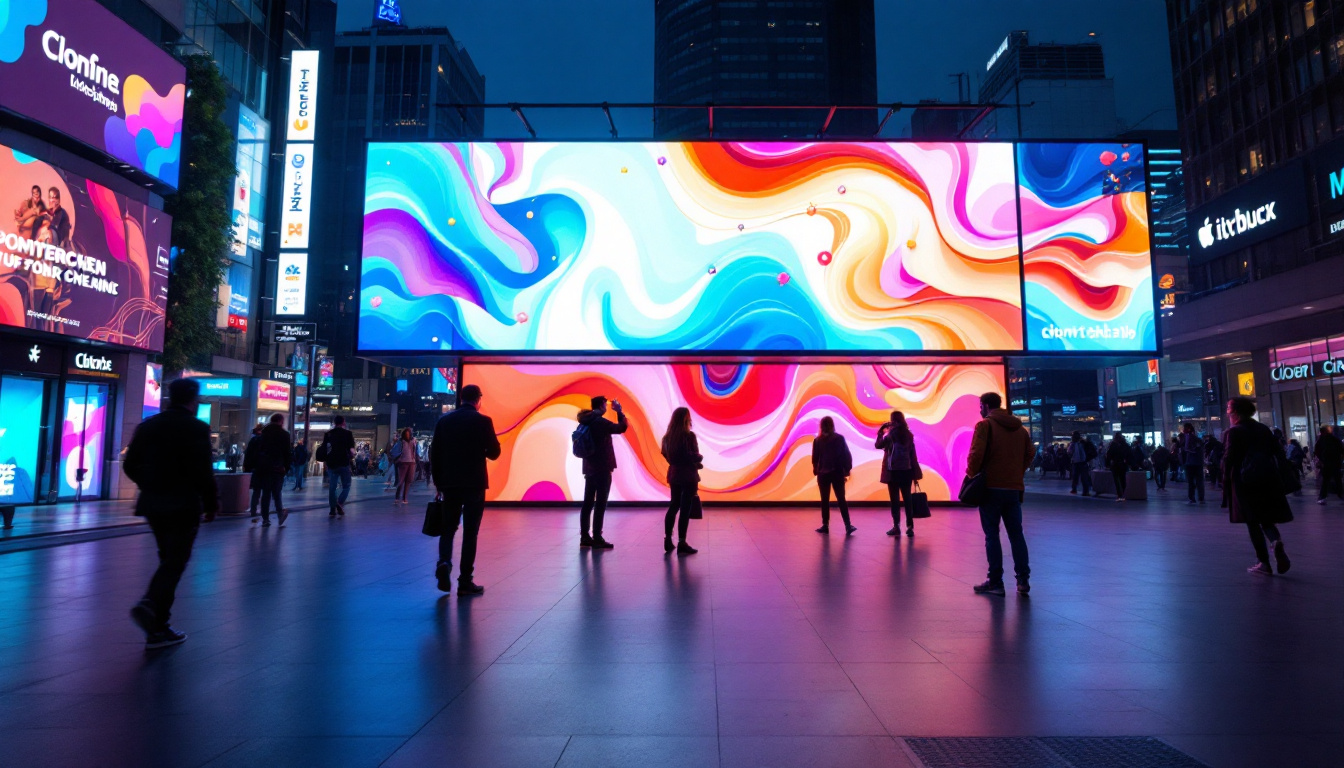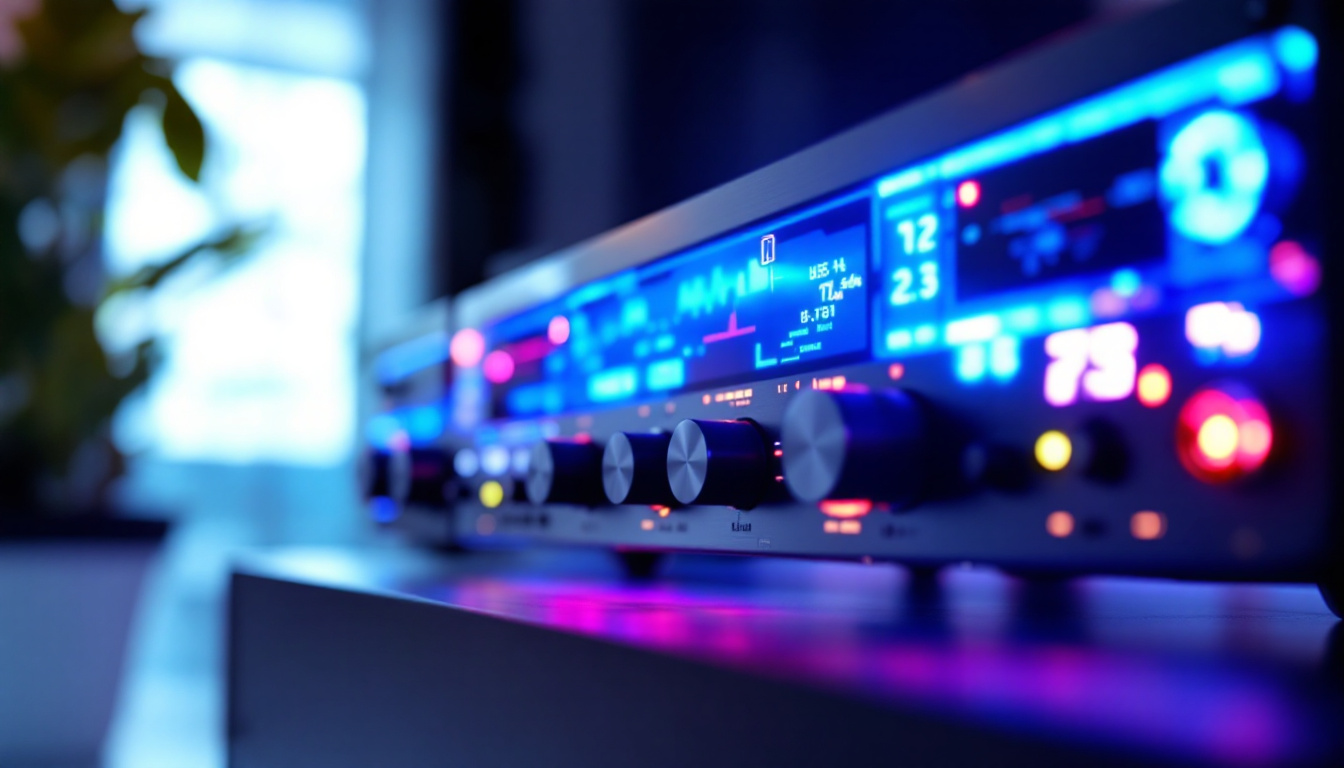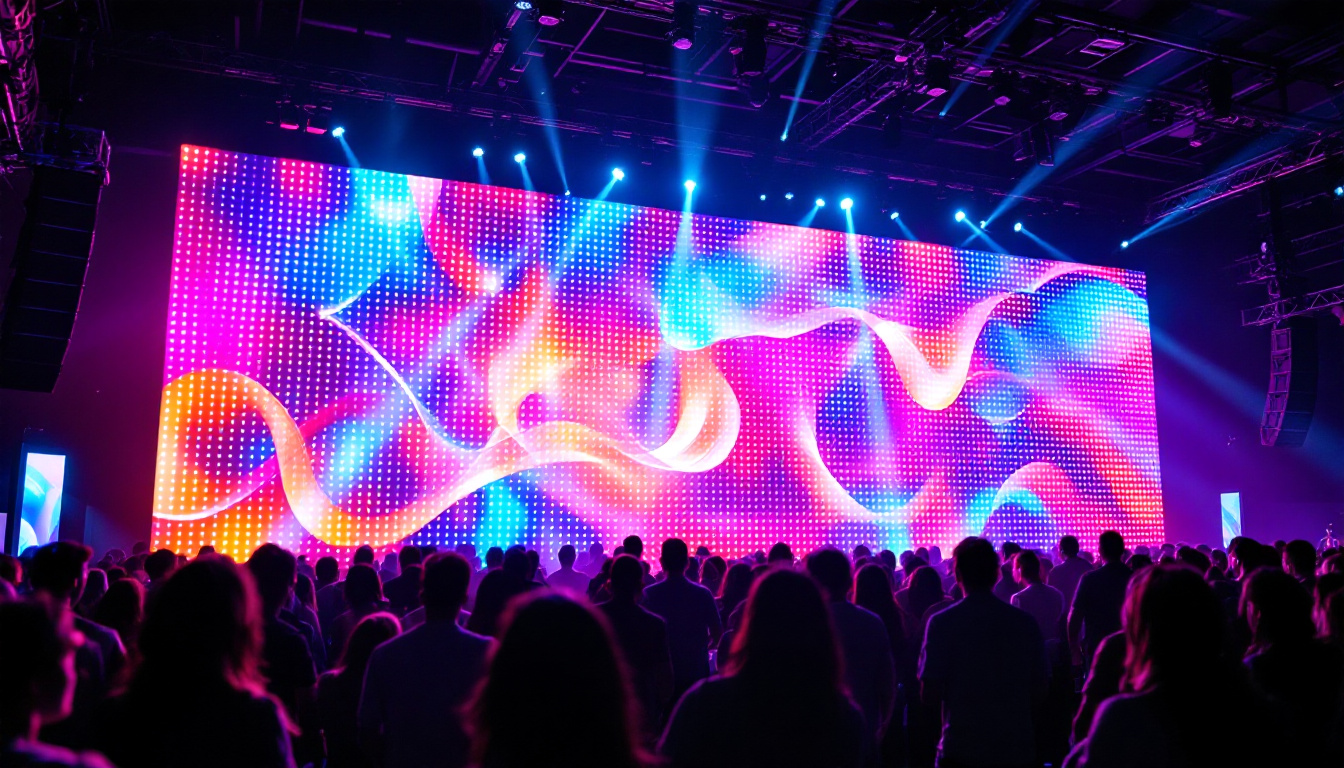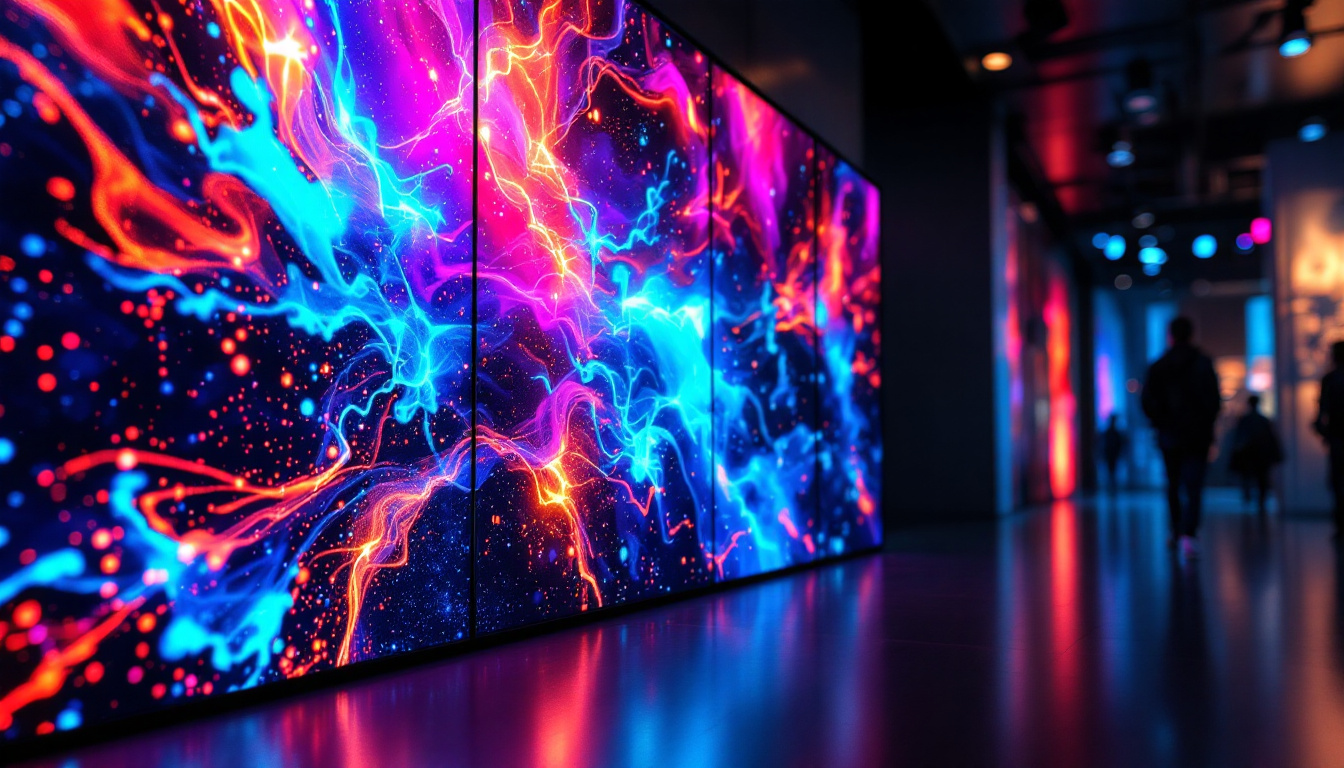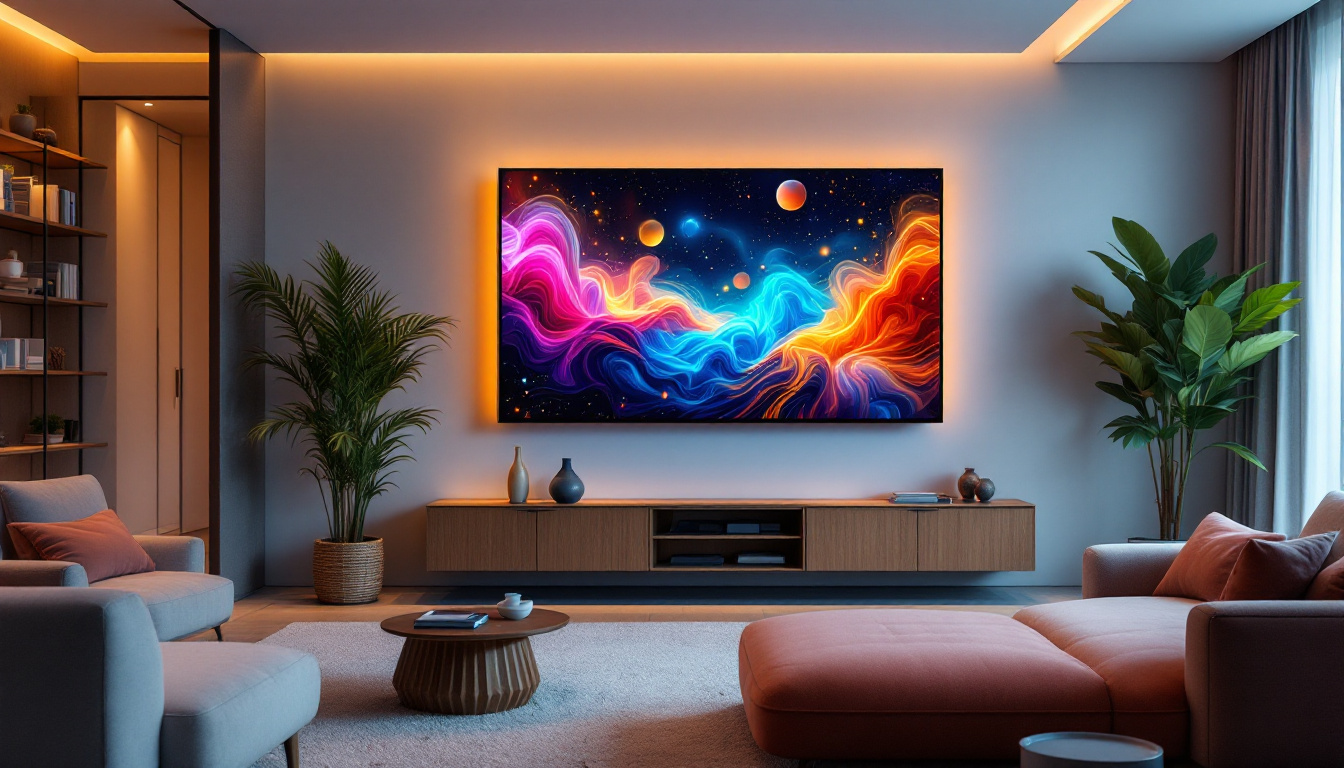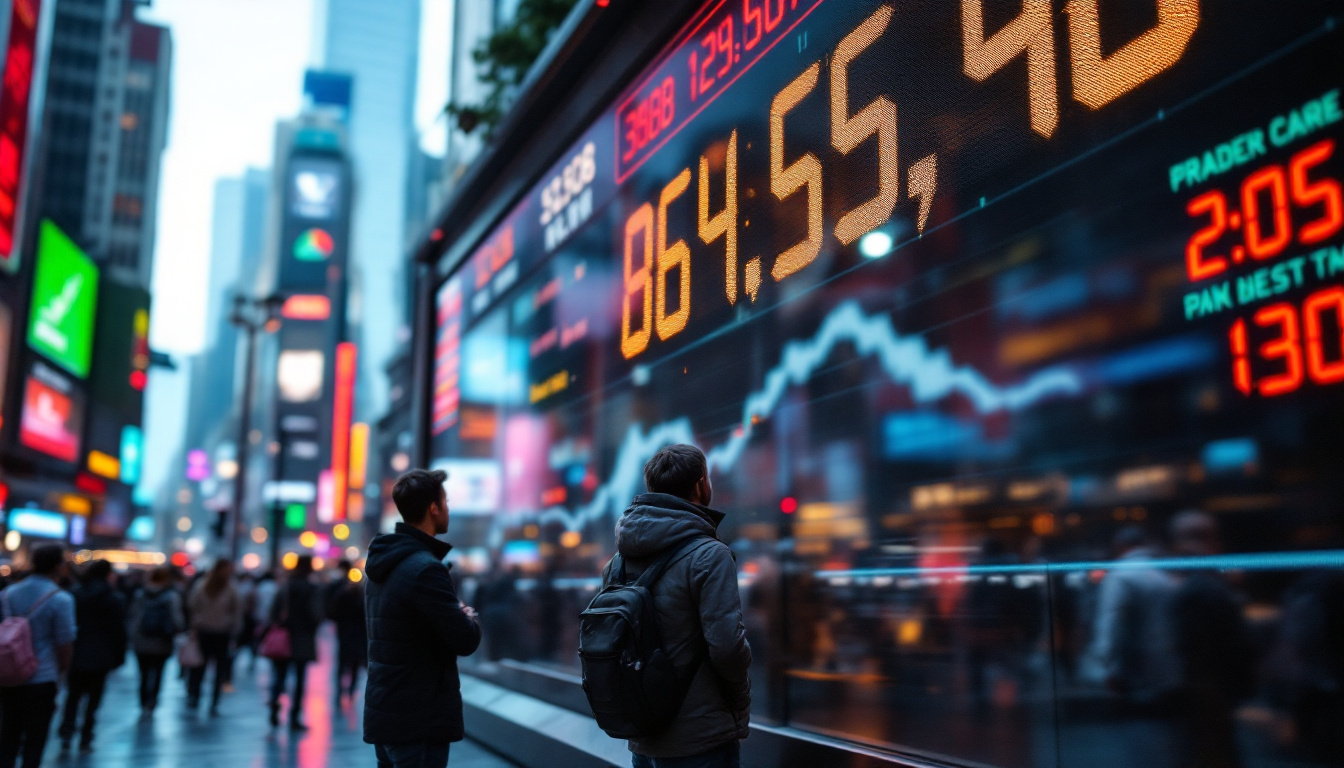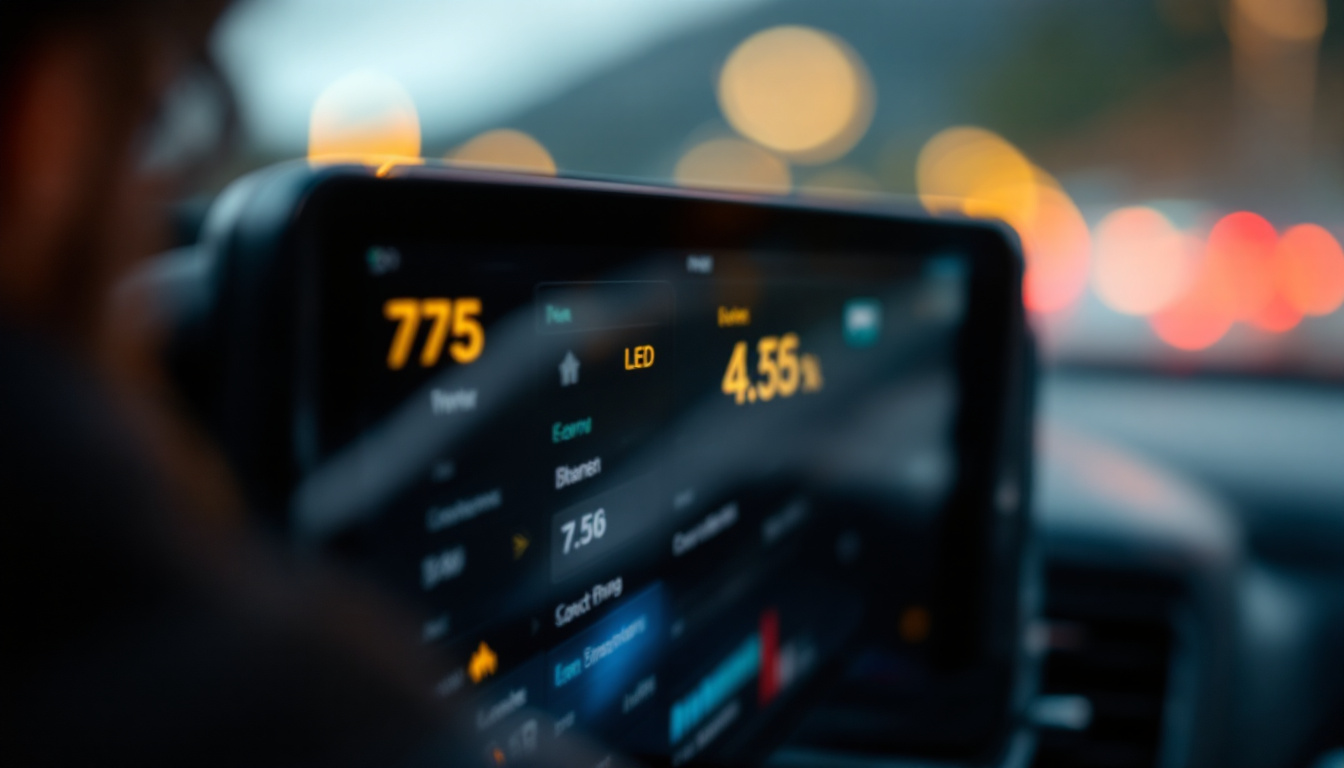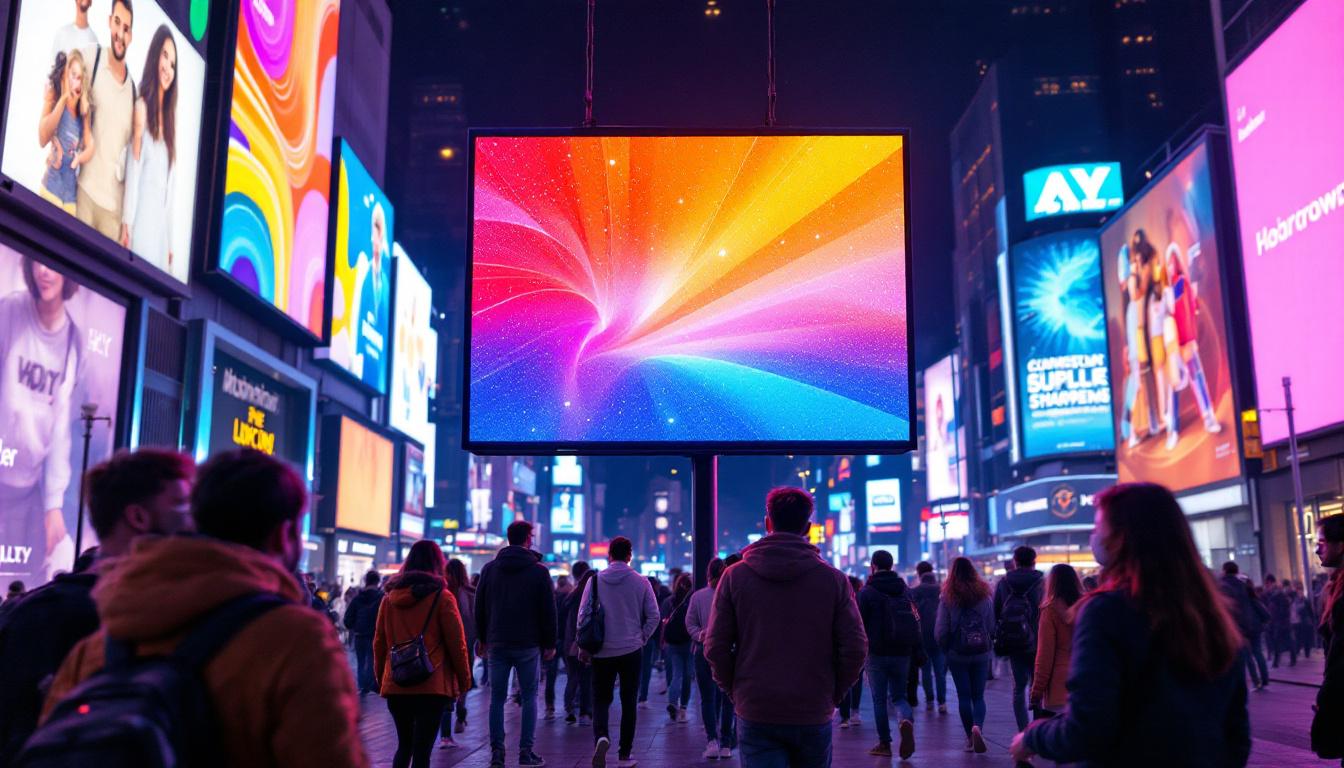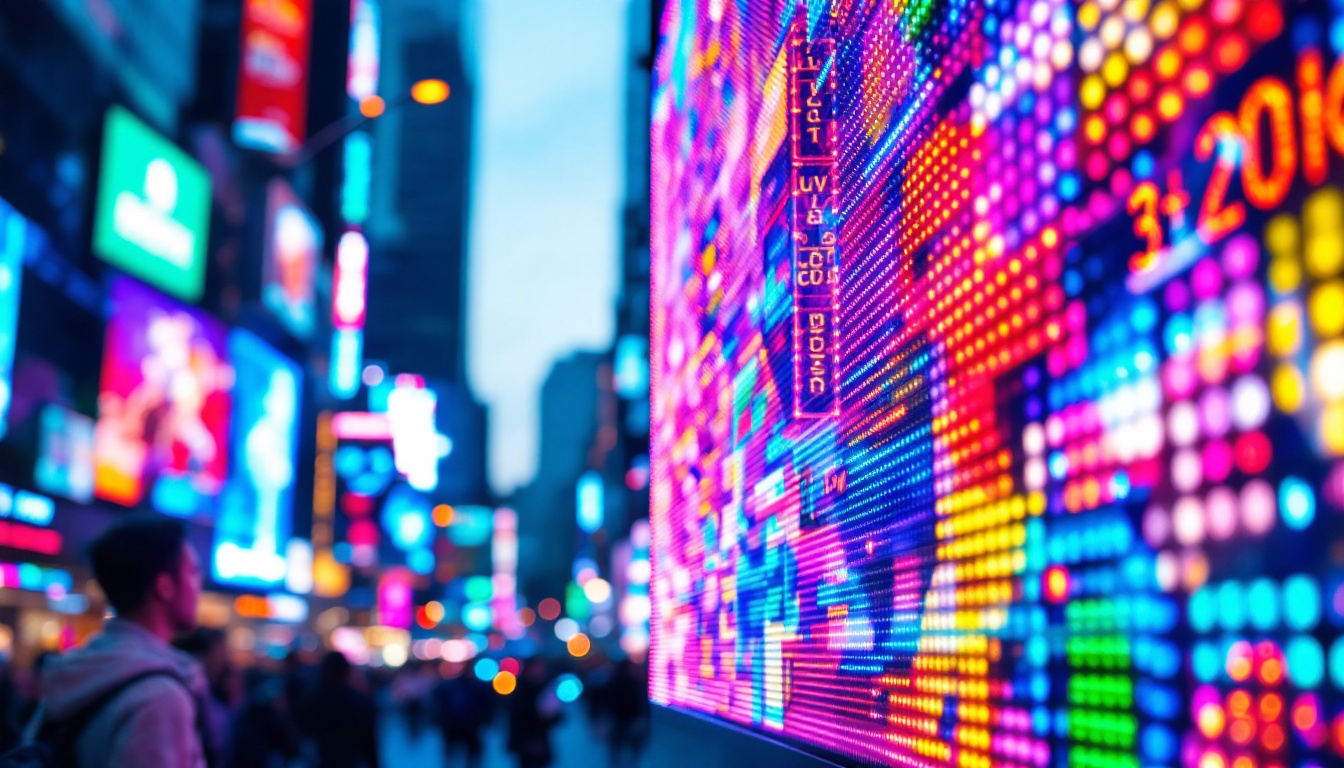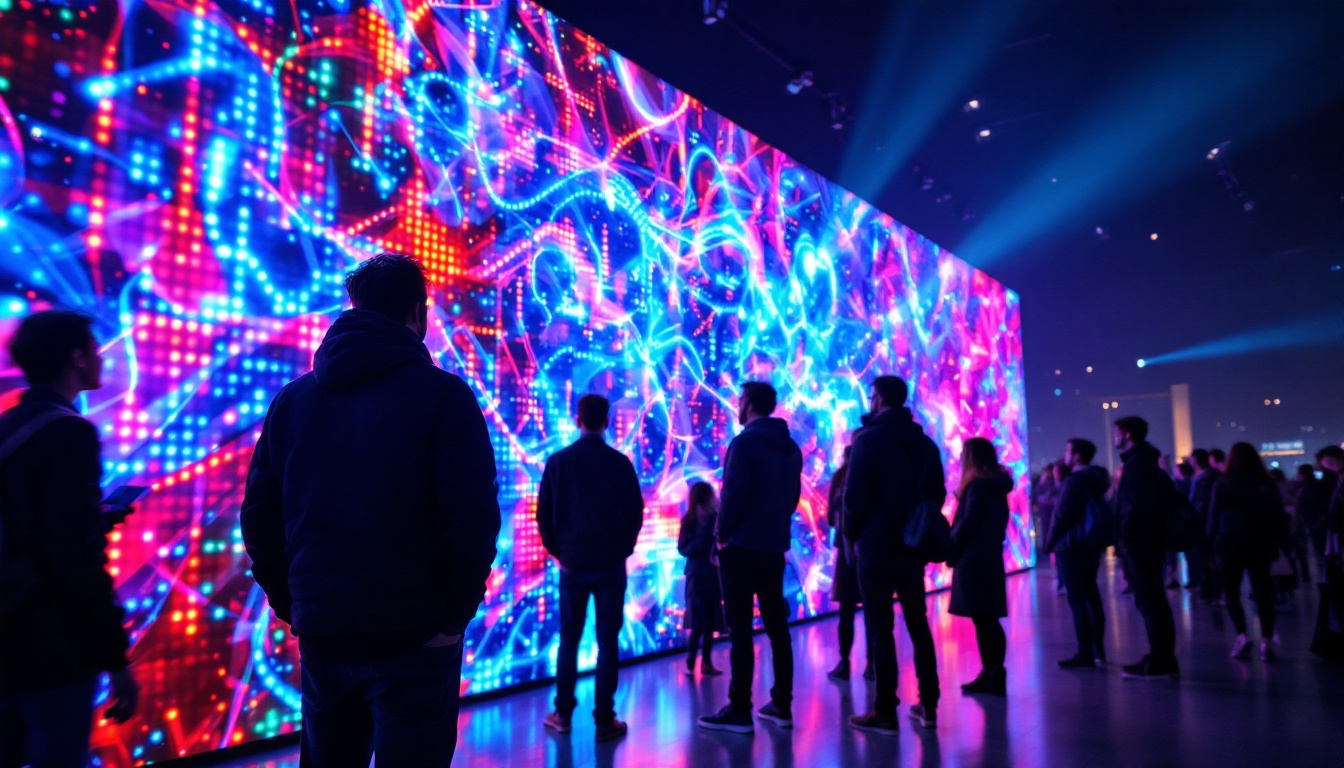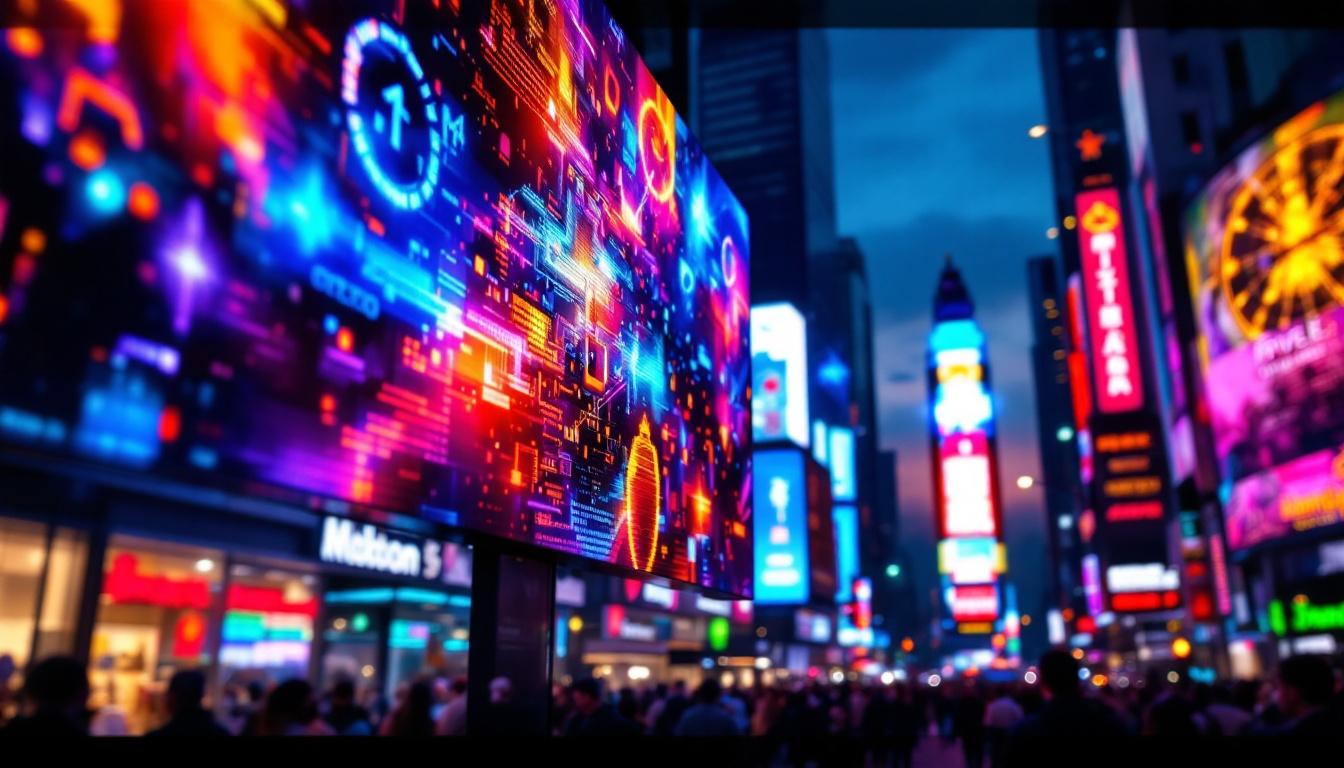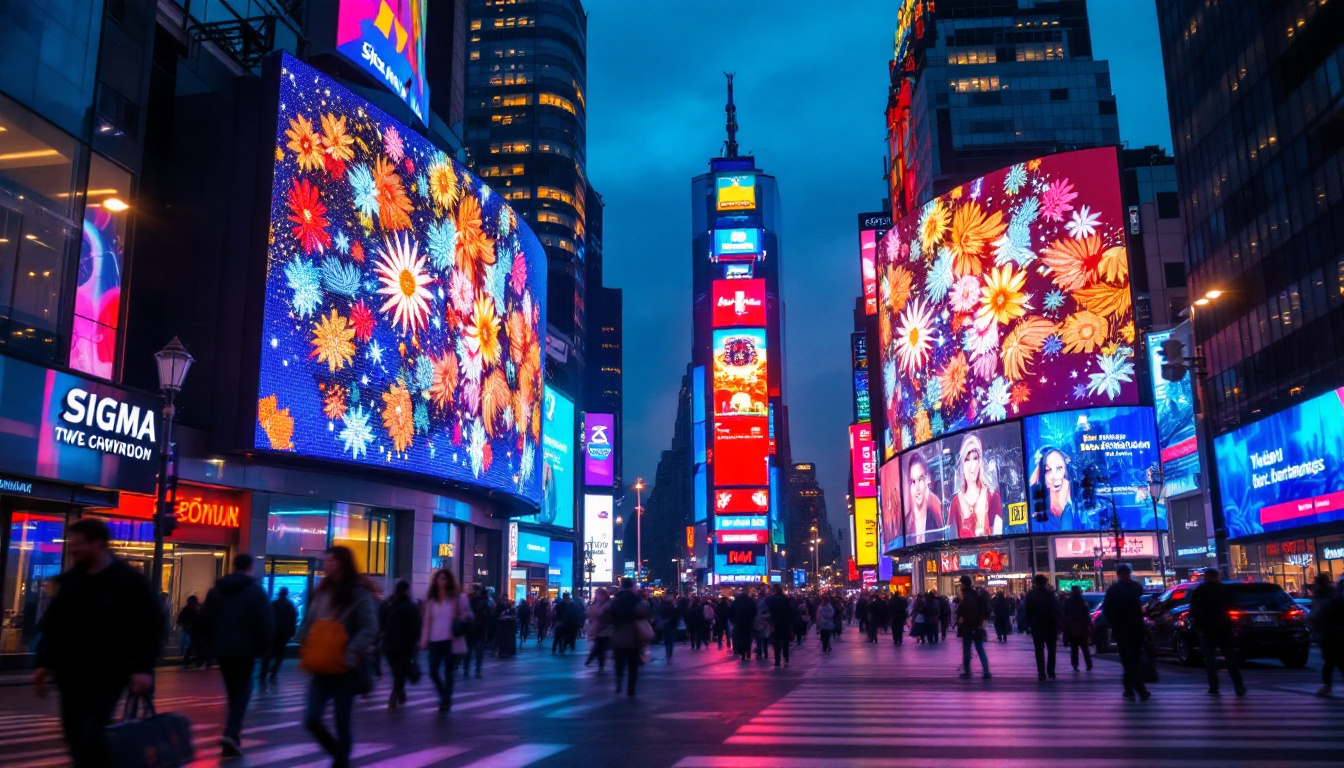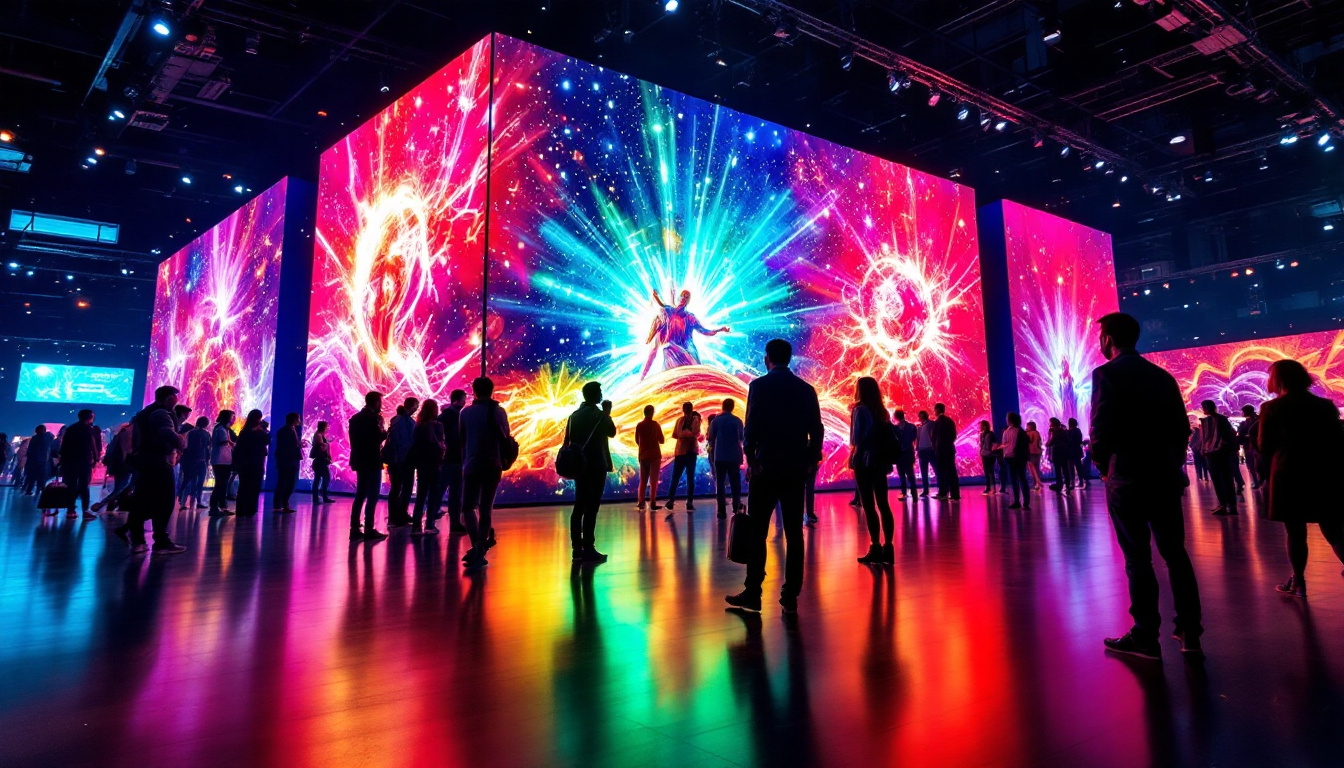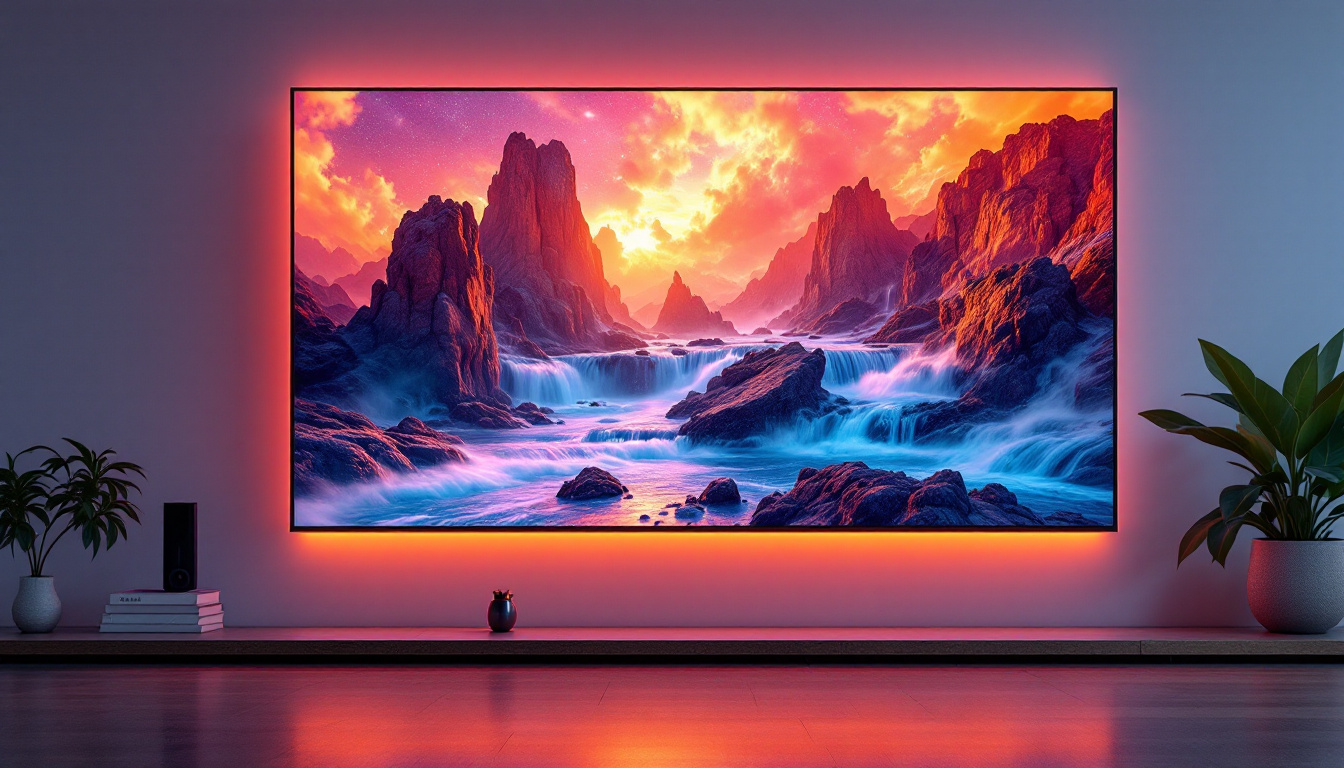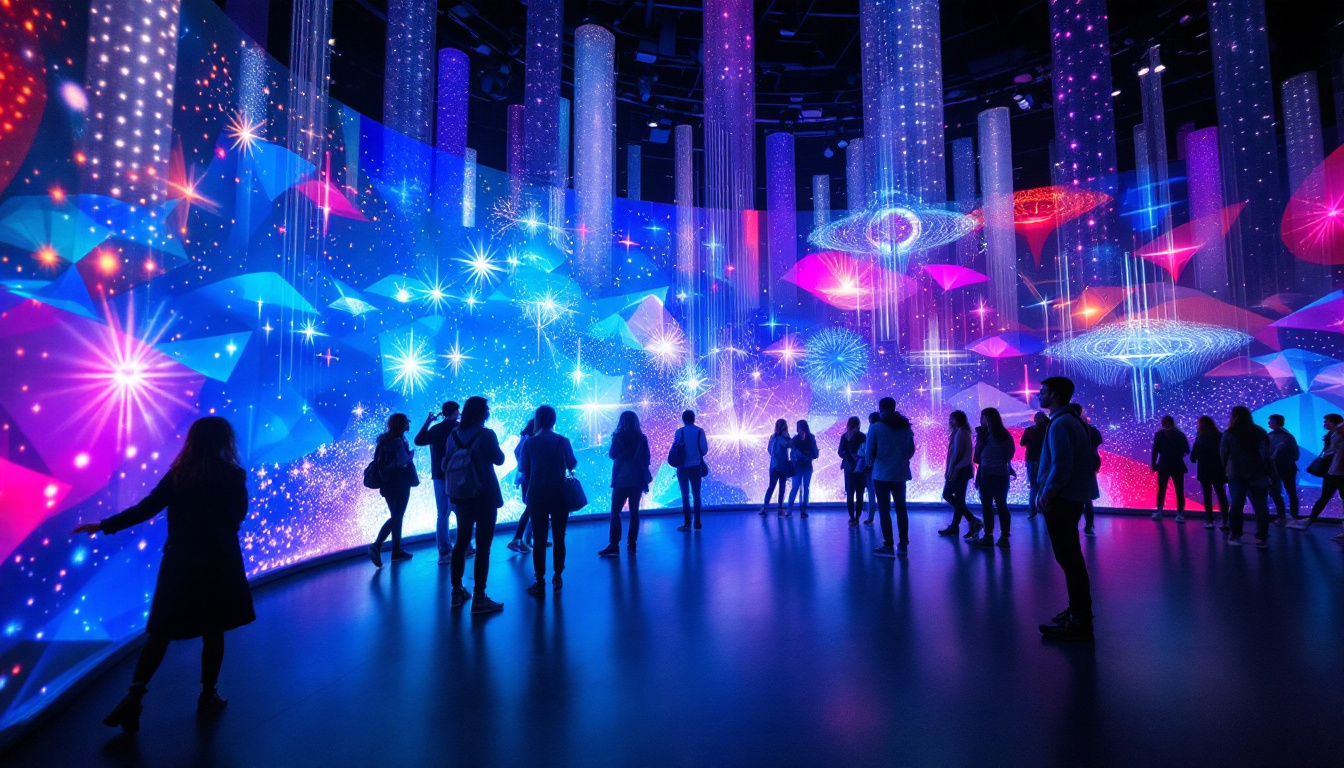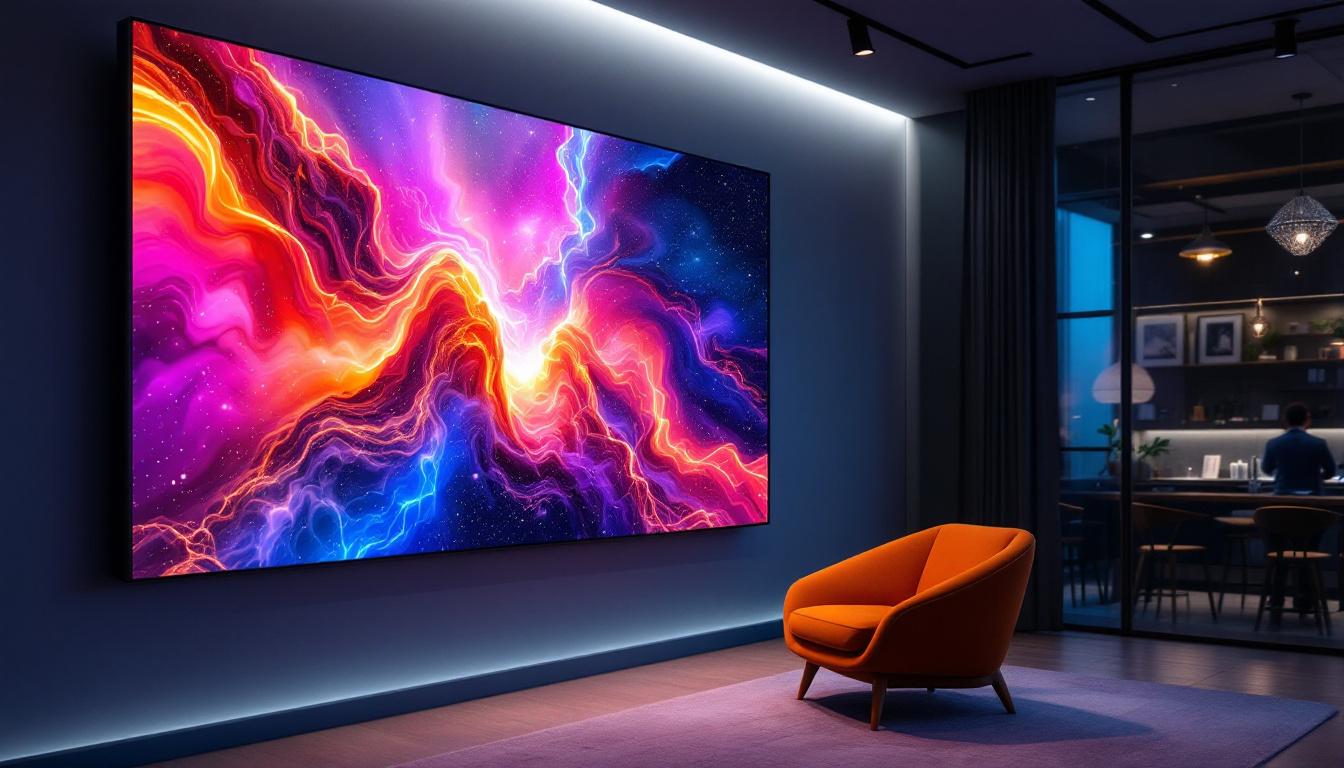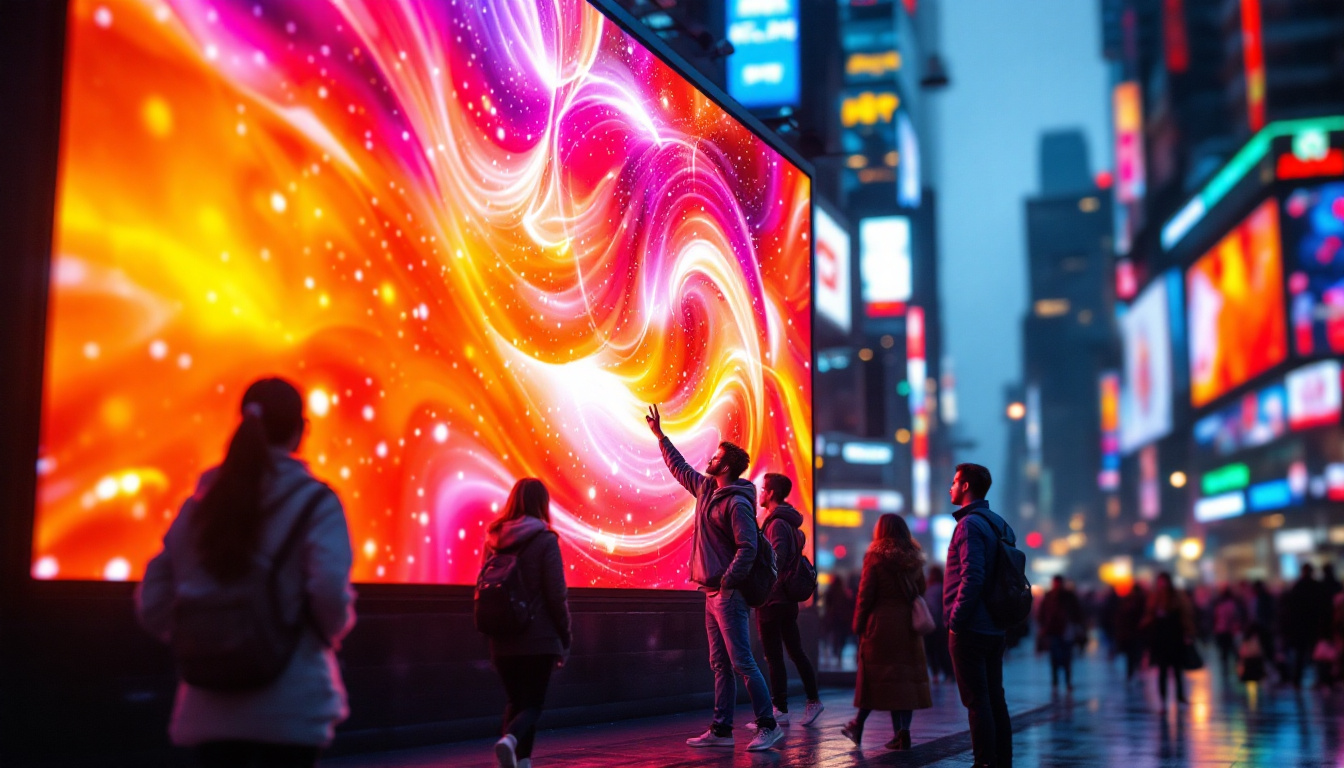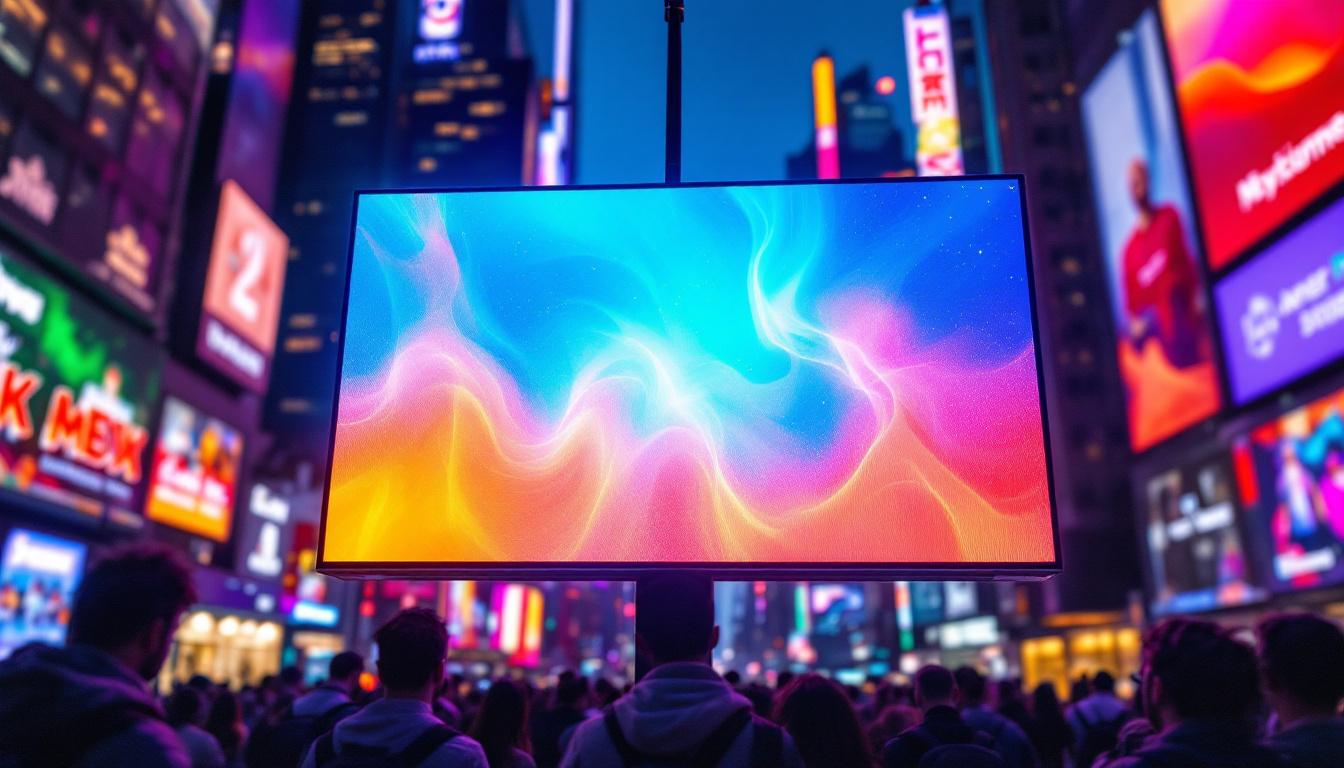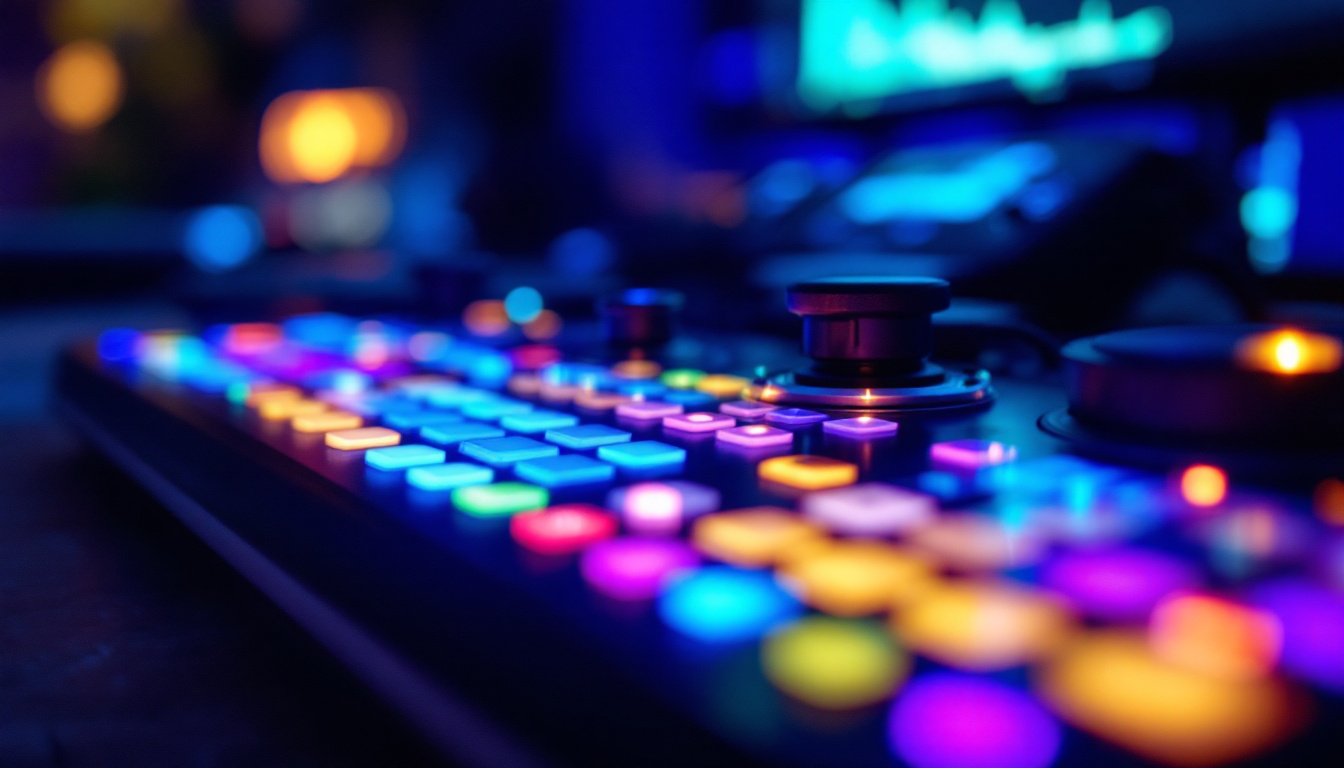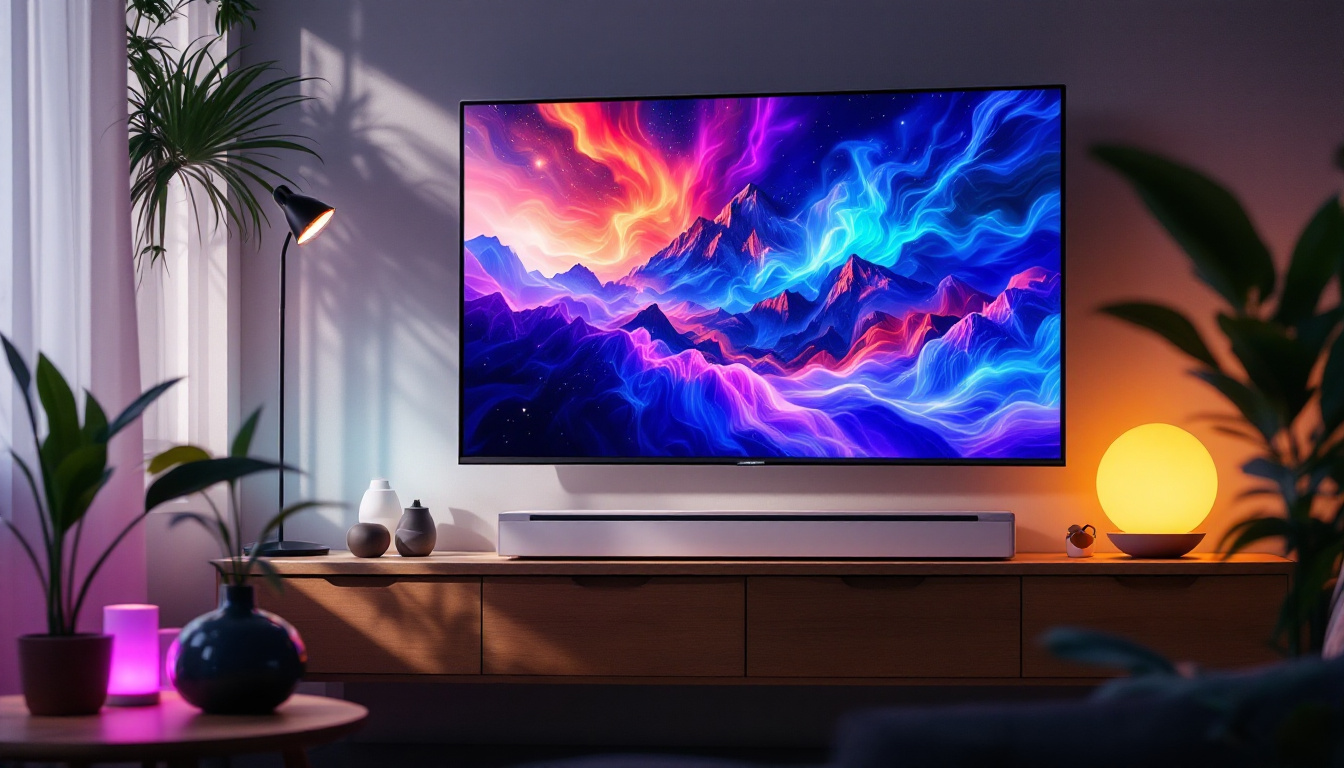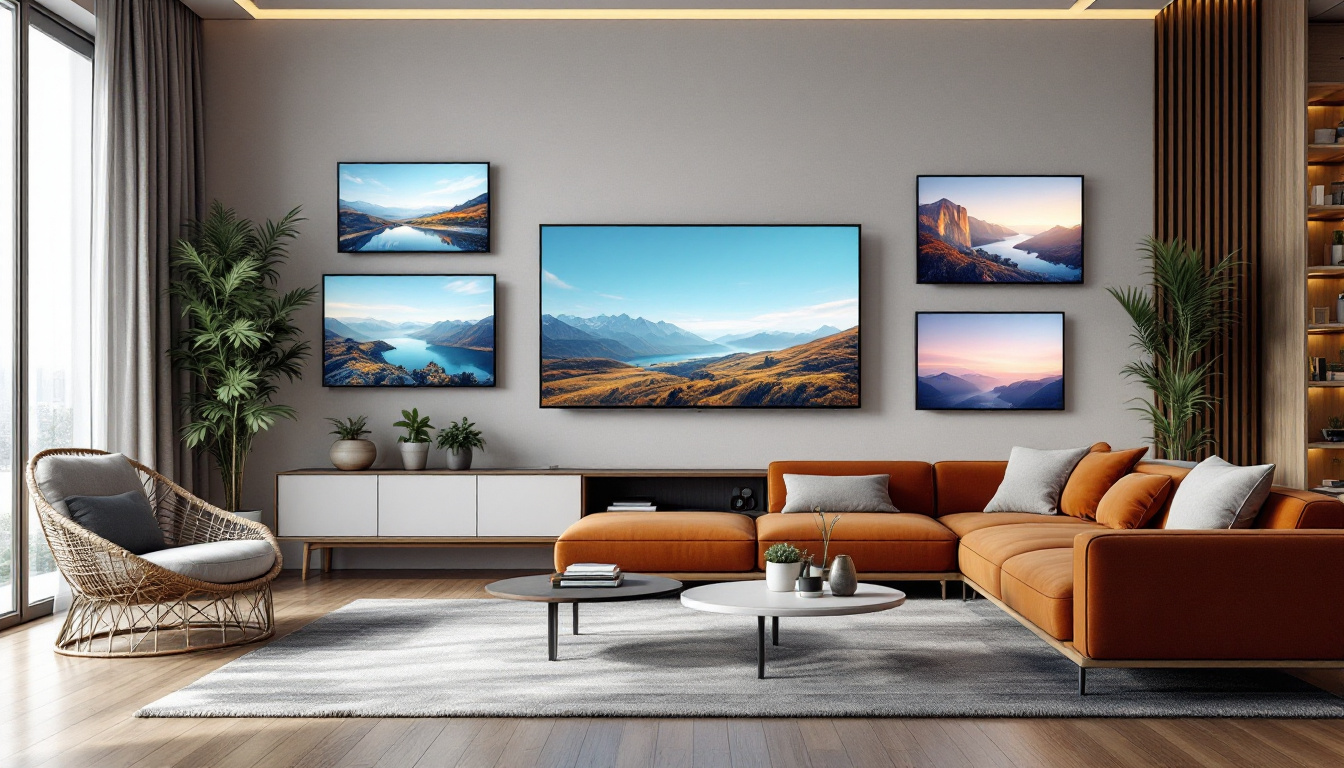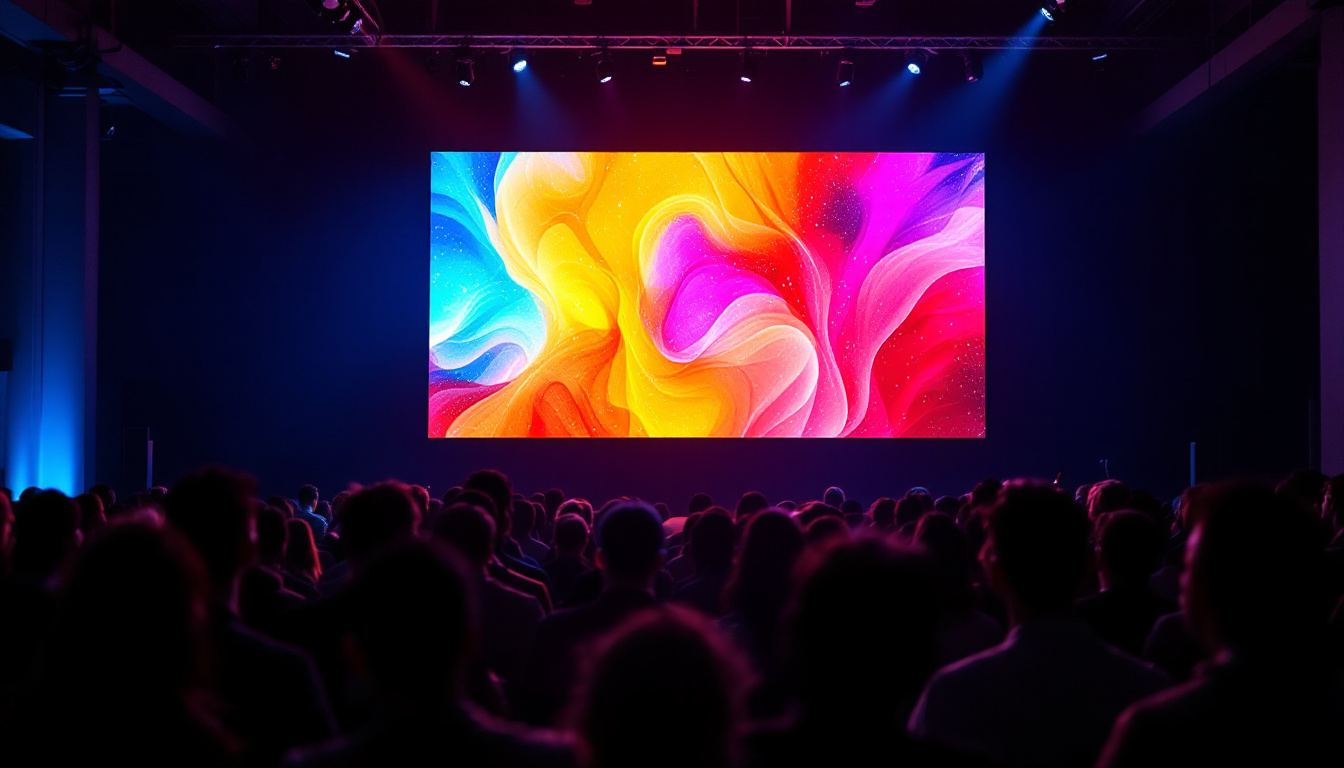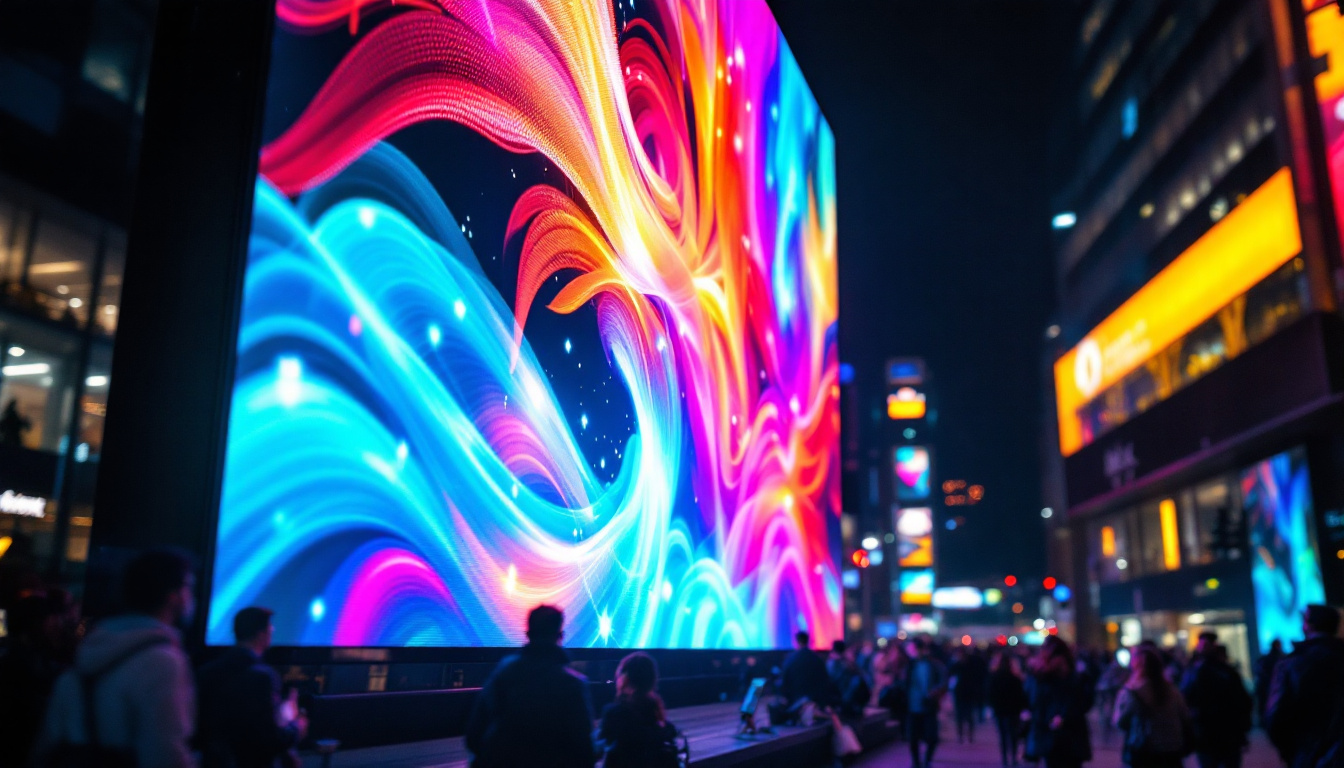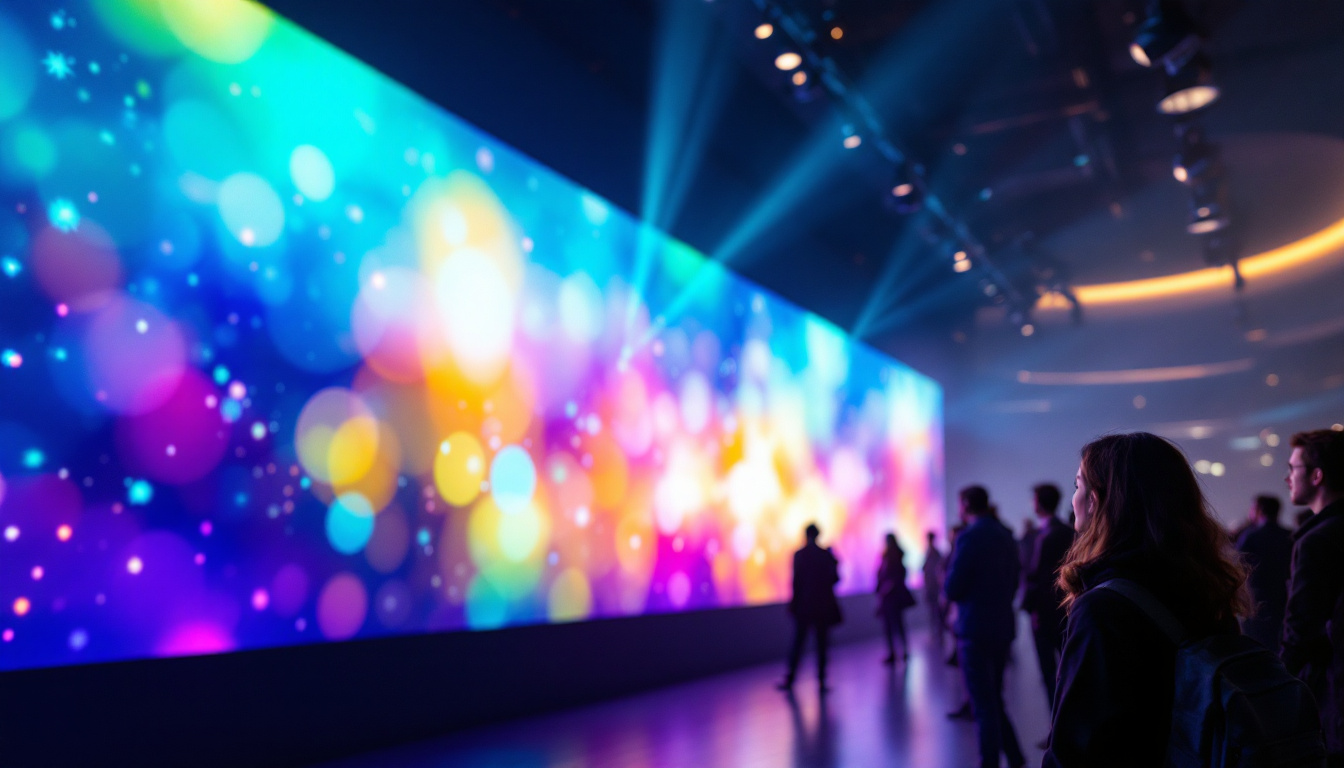In the world of modern events, presentations, and performances, the backdrop plays a crucial role in setting the tone and enhancing the visual appeal. Among the various options available, LED displays have emerged as a popular choice due to their versatility and affordability. This article delves into the concept of cheap backdrops, specifically focusing on LED displays, their advantages, and how they can transform any event.
Understanding LED Displays
LED displays, or Light Emitting Diode displays, are digital screens that utilize LED technology to produce vibrant images and videos. These displays come in various sizes and resolutions, making them suitable for a wide range of applications, from concerts and corporate events to trade shows and exhibitions. The versatility of LED displays has revolutionized the way information is presented, enabling businesses and artists alike to engage audiences with eye-catching visuals that capture attention and convey messages effectively.
How LED Displays Work
At their core, LED displays consist of thousands of tiny light-emitting diodes that work together to create images. Each diode can emit different colors, allowing for a full spectrum of hues to be displayed. When these diodes are combined in a grid, they form a larger screen capable of displaying dynamic content. The resolution of an LED display is determined by the pixel pitch, which refers to the distance between the centers of two adjacent pixels. A smaller pixel pitch results in a higher resolution and a clearer image. This technology not only enhances visual clarity but also improves energy efficiency, as LEDs consume less power compared to traditional display technologies.
Types of LED Displays
LED displays can be categorized into several types, each serving different purposes. The most common types include:
- Indoor LED Displays: These are designed for use in enclosed spaces, providing high resolution and brightness suitable for close viewing. They are often used in retail environments, conference rooms, and entertainment venues to create immersive experiences.
- Outdoor LED Displays: Built to withstand weather conditions, outdoor displays are typically brighter and more durable, making them ideal for advertising and public events. Their robust construction ensures they can handle rain, wind, and sunlight, allowing for continuous operation in various environments.
- Flexible LED Displays: These displays can be bent and shaped to fit various formats, allowing for creative installations and unique backdrops. Their adaptability has opened new avenues for artistic expression in architecture and stage design, enabling designers to craft stunning visual narratives that captivate audiences.
In addition to these types, there are also specialized LED displays such as transparent LED screens, which allow for visibility through the display while still showcasing vibrant content. This innovation is particularly popular in retail spaces, where products behind the screen can still be seen, creating an engaging shopping experience. Furthermore, advancements in LED technology continue to evolve, with features like higher refresh rates and improved color accuracy, making modern displays more appealing and versatile than ever before.
Advantages of Using LED Displays as Backdrops
Choosing LED displays as backdrops offers numerous benefits that can significantly enhance the overall experience of any event. Here are some key advantages:
Cost-Effectiveness
One of the main reasons LED displays are considered a cheap backdrop option is their decreasing cost in recent years. As technology advances and production processes improve, the prices of LED displays have become more accessible. This affordability allows event organizers to invest in high-quality visual solutions without breaking the bank. Furthermore, the longevity of LED technology means that these displays can be reused for multiple events, further maximizing the return on investment. This sustainability aspect not only helps in reducing costs over time but also aligns with the growing trend of eco-conscious event planning.
High Visual Impact
LED displays are known for their exceptional brightness and vivid colors, making them stand out in any setting. Whether used for a corporate presentation or a concert, the ability to display high-resolution images and videos ensures that the audience remains engaged. The dynamic content that can be showcased on an LED backdrop adds an extra layer of excitement and professionalism to any event. Moreover, the clarity of LED screens allows for effective visibility even in well-lit environments, ensuring that no detail is lost regardless of the time of day. This feature is especially beneficial for outdoor events, where natural light can often wash out traditional display options.
Versatility and Customization
LED displays are incredibly versatile, allowing for a wide range of content to be displayed. From static images to animated graphics and live video feeds, the possibilities are endless. Additionally, many LED displays can be customized in terms of size and shape, enabling event planners to create unique backdrops that align with their specific themes and branding. This level of customization means that event organizers can easily adapt the display to suit various occasions, from intimate gatherings to large-scale festivals. Furthermore, the integration of interactive elements, such as touchscreens or motion sensors, can transform a standard backdrop into an engaging experience, inviting attendees to interact with the content and enhancing their overall involvement in the event.
Considerations When Choosing LED Displays
While LED displays offer numerous advantages, there are several factors to consider before making a purchase or rental decision. Understanding these considerations can help ensure that the chosen backdrop meets the needs of the event.
Resolution and Pixel Pitch
As mentioned earlier, resolution is a critical factor in determining the quality of an LED display. When selecting a display, it is essential to consider the viewing distance. For events where the audience will be close to the screen, a smaller pixel pitch is necessary to ensure a clear image. Conversely, for larger venues where the audience is further away, a larger pixel pitch may be acceptable.
Brightness Levels
Brightness is another vital consideration, especially for outdoor events. LED displays are rated in nits, with higher numbers indicating greater brightness. For outdoor displays, a brightness level of at least 5,000 nits is recommended to ensure visibility in direct sunlight. Indoor displays typically require lower brightness levels, around 1,000 to 2,500 nits, depending on the lighting conditions of the venue.
Installation and Setup
The installation process for LED displays can vary significantly based on the type and size of the display. It is crucial to assess the venue and determine whether professional installation is necessary. Some displays are designed for easy setup, while others may require specialized equipment and expertise. Understanding the logistics of installation can help avoid last-minute complications on the day of the event.
Applications of LED Displays in Events
LED displays are used in a variety of settings, showcasing their adaptability and effectiveness in enhancing event experiences. Here are some common applications:
Corporate Events
For corporate events, LED displays can be utilized to showcase presentations, videos, and branding materials. The ability to display high-quality visuals ensures that key messages are communicated effectively, leaving a lasting impression on attendees. Additionally, LED displays can be used for live streaming, allowing remote participants to engage with the event in real-time.
Concerts and Festivals
In the entertainment industry, LED displays play a pivotal role in creating immersive experiences for concert-goers. From large-scale video walls to smaller screens strategically placed around the venue, these displays enhance the overall atmosphere and allow for dynamic visual storytelling. The combination of music and visuals creates a multi-sensory experience that captivates audiences.
Trade Shows and Exhibitions
At trade shows and exhibitions, LED displays serve as powerful marketing tools. They can attract attention to booths, showcase products, and provide information in an engaging manner. The ability to change content on-the-fly allows exhibitors to tailor their messages based on audience interest, maximizing their impact during the event.
Future Trends in LED Display Technology
As technology continues to evolve, the future of LED displays looks promising. Several trends are emerging that are likely to shape the industry in the coming years:
Increased Resolution
With advancements in technology, the demand for higher resolution displays is on the rise. As pixel density increases, LED displays will be capable of producing even more detailed and lifelike images. This trend will enhance the overall viewing experience, making LED displays an even more attractive option for event backdrops.
Integration with Augmented Reality (AR)
Augmented reality is becoming increasingly popular in various industries, and its integration with LED displays is expected to revolutionize event experiences. By combining AR technology with LED backdrops, event organizers can create interactive environments that engage audiences in new and exciting ways. This integration will allow for immersive storytelling and unique visual experiences that were previously unimaginable.
Sustainable Practices
As the world becomes more environmentally conscious, the LED display industry is also shifting towards sustainable practices. Manufacturers are exploring eco-friendly materials and energy-efficient technologies to reduce the environmental impact of production and operation. This trend aligns with the growing demand for sustainable solutions in all aspects of event planning.
Conclusion
LED displays have transformed the landscape of event backdrops, offering a cost-effective and visually impactful solution for a wide range of applications. Their versatility, high resolution, and dynamic content capabilities make them an ideal choice for corporate events, concerts, trade shows, and more. As technology continues to advance, LED displays are poised to become even more integral to the event experience, paving the way for innovative and engaging presentations.
For event planners looking to create memorable experiences, investing in LED displays can be a game-changer. By understanding the various types, advantages, and considerations associated with LED displays, organizers can make informed decisions that elevate their events to new heights. The future of event backdrops is bright, and LED displays are leading the way.
Illuminate Your Next Event with LumenMatrix
Ready to elevate your event with a stunning LED backdrop that promises high resolution, dynamic content, and unparalleled visual impact? Look no further than LumenMatrix, a pioneer in LED display technology. From Indoor and Outdoor LED Wall Displays to innovative solutions like Vehicle LED Displays, LED Posters, and even Custom LED Displays, LumenMatrix has everything you need to create an unforgettable visual experience. Embrace the future of visual communication and captivate your audience with our cutting-edge LED display solutions. Check out LumenMatrix LED Display Solutions today and transform your event into a spectacular showcase of engagement and creativity.

